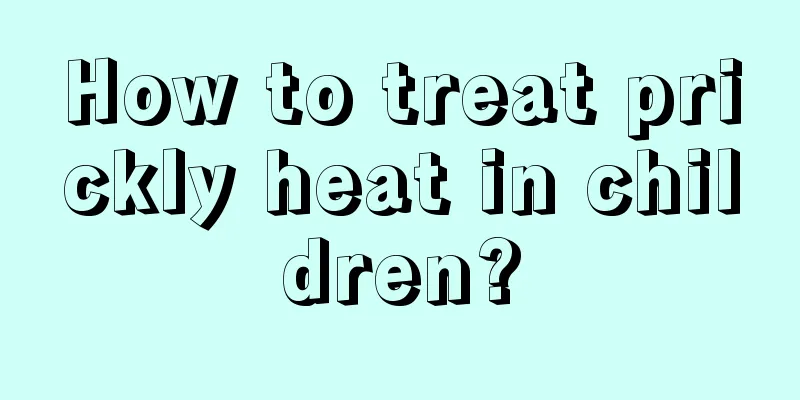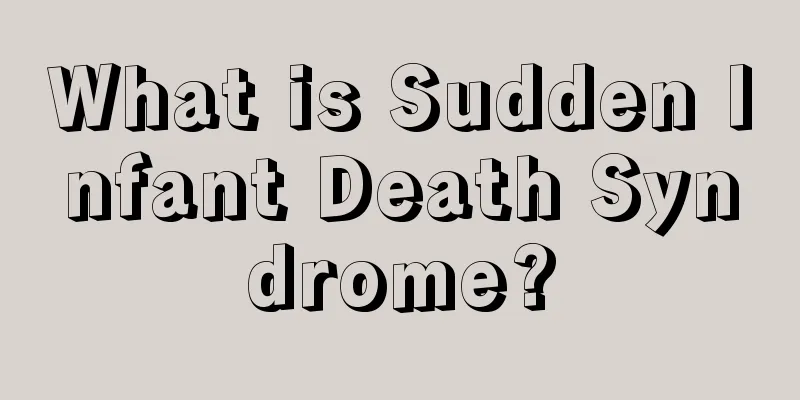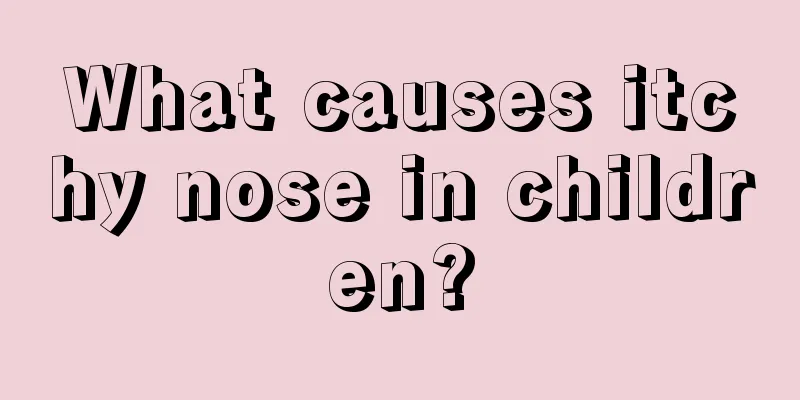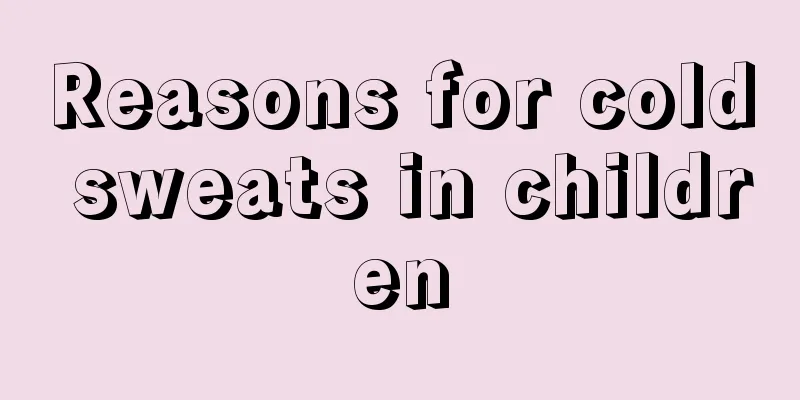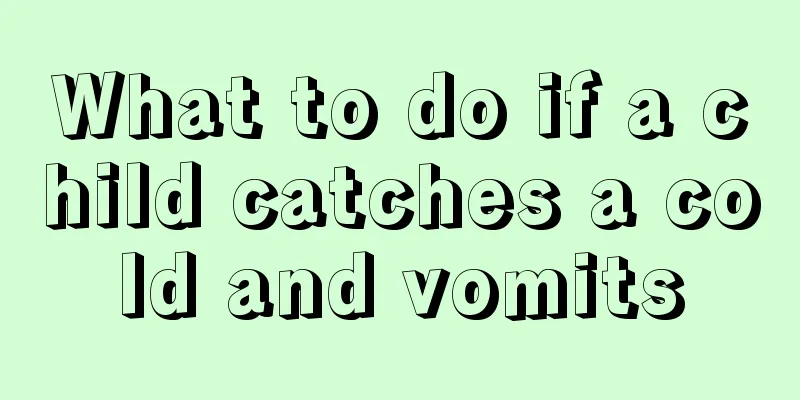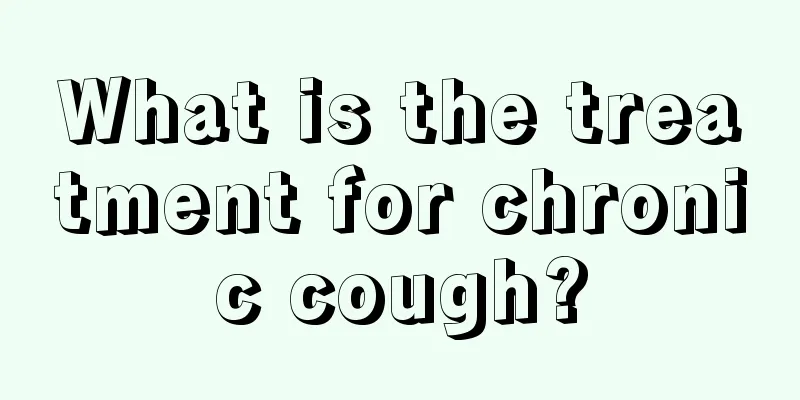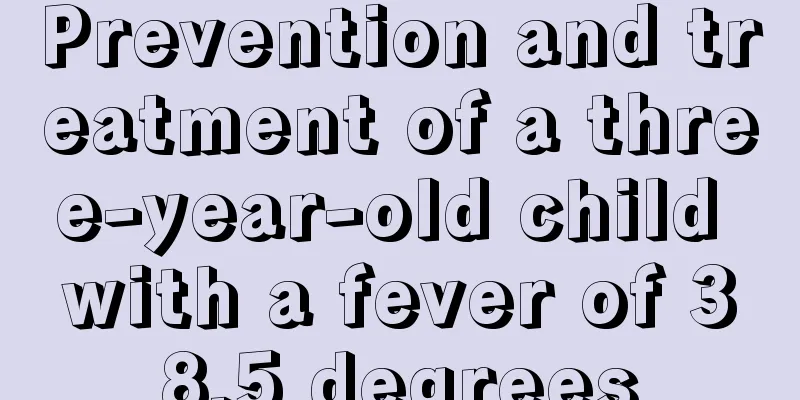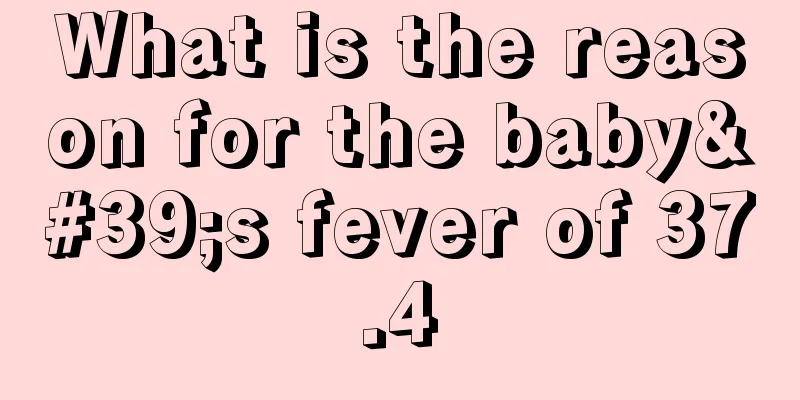Trampoline headache
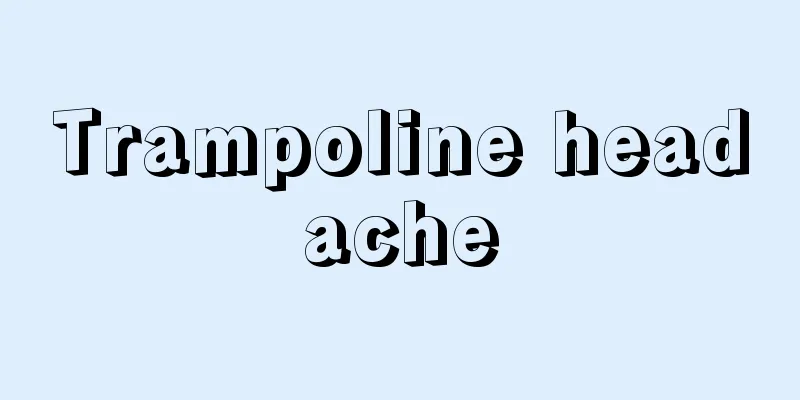
|
Parents often report that their babies have headaches after playing on trampolines. This is most likely caused by a high level of mental excitement. The situation may be alleviated by diverting the baby's attention. Of course, it may also be because the child hits his head during play, and parents need to pay attention to whether the child feels nauseous. Vomiting, inattention, if these symptoms are present, it is very likely a concussion. Parents need to be very familiar with the symptoms of concussion to prevent any emergency. 1. Clinical manifestations 1. Disturbance of consciousness: It is mild and short-lived, lasting as short as a few seconds or minutes, but not more than half an hour. 2. Recent amnesia: After waking up, the individual cannot recall the circumstances and process of the injury, but can clearly recall events before the injury. 3. Other symptoms: headache, dizziness, nausea, anorexia, vomiting, tinnitus, insomnia, photophobia, inattention and slow reaction. 4. There are no positive signs in neurological examination. 2. Inspection Lumbar puncture showed normal intracranial pressure, and some patients had decreased intracranial pressure. The cerebrospinal fluid is colorless and transparent, does not contain blood, and the white blood cell count is normal. Biochemical tests are mostly within the normal range, and some may reveal a significant increase in acetylcholine content, a decrease in cholesterase activity, and an increase in potassium ion concentration. 1. Skull X-ray No fractures were found. 2. Brain CT scan There were no obvious abnormal changes in the skull and brain. 3. Electroencephalogram The EEG is usually normal several months after the injury. 4. Cerebral blood flow examination There may be a decrease in cerebral blood flow in the early stage after injury. 3. Diagnosis 1. A transient coma occurs immediately after a head injury, lasting within 30 minutes. After waking up, the patient often has symptoms such as recent amnesia, headache, dizziness, nausea, anorexia, vomiting, tinnitus, and inattention. Blood pressure, respiration, and pulse are basically normal. 2. Neurological examination showed no positive signs, and lumbar puncture showed normal cerebrospinal fluid pressure and composition. IV. Treatment The patient can be observed in the emergency room for a certain period of time after the injury, and close attention should be paid to changes in consciousness, pupils, limb movements and vital signs. If secondary intracranial lesions or other complications are found, timely diagnosis and treatment can be provided. Patients in the acute phase of concussion should pay attention to bed rest, avoid adverse external stimulation, reduce mental activity, and appropriately receive sedatives and drugs to improve autonomic nervous function, and pay attention to the patient's psychological adjustment and treatment. 5. Prognosis Most patients recover within 2 weeks and have a good prognosis. |
<<: How to treat tracheitis in children
>>: What causes calf pain in children?
Recommend
Causes of constipation in newborns
Every family will be very happy when a new baby i...
Irregular menstruation at the age of 12
If a girl develops well, she will generally have ...
What causes dizziness and stomachache in children?
Children are very lively and naughty. When they p...
Treatment of upper respiratory tract infections in children
In fact, the air conditions are not very good now...
Treatment of facial abrasions in children
Many mothers do not want to face children's f...
How should allergic asthma in children be treated?
The symptoms of allergic asthma are often indisti...
Is scraping good for children?
Those who have children at home know that babies ...
What are the Chinese patent medicines for strengthening the spleen and stomach of children?
What food a child eats every day is very importan...
What should I do if my child has low white blood cell count? Mothers must know
Children's health issues have always been a c...
What are the reasons for the white lips of children?
A big reason why children’s lips turn pale is tha...
What should a three-year-old child with anemia eat?
For a three-year-old child, if anemia occurs, par...
Children's laxative drugs
Children's own resistance is very poor. If yo...
How to treat ADHD in children?
ADHD is a symptom that many children will have, b...
Can children drink bone soup to supplement calcium?
We all know that bone soup can supplement calcium...
How many times a day is normal for a two-month-old baby to poop?
As parents of newborns, during the confinement pe...
